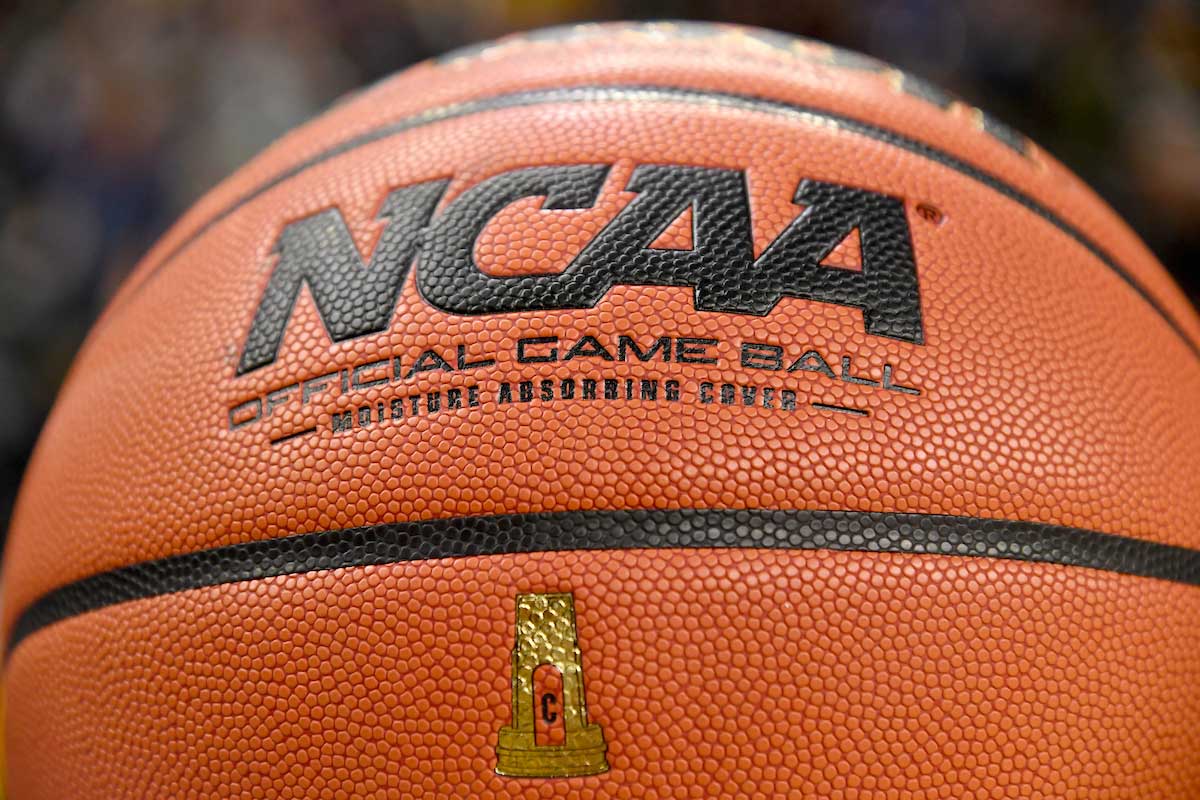The O and D efficiencies are just points scored/allowed per 100 possessions, adjusted to account for quality of opponent and location of the game, expressed as a prediction of how a team would fare against an average team. Because it's expressed on a per 100 possession basis, it wouldn't be affected by tempo or whether a game goes to OT. I think he includes tempo (possessions per game) only as a way to take the per 100 numbers and apply them to predicting the result of a 40-minute game. You're right that each possession is weighted equally, but maybe the argument there is that over entire seasons teams should have a relatively similar number of "important" possessions.
NU's KenPom efficiency margin right now is +15.33, which means we should beat an average team by about 15 points per 100 possessions, but since our adjusted tempo is 64.5 possessions per game, that would suggest that we would be favored over an average team by about 10 points in a 40-minute game on a neutral court. The median team (#181) in KenPom right now is Cal Baptist. The most average team (smallest difference between O and D efficiency) is Missouri State (#163).
As I understand it, raw tempo is just the number of possessions per game. For example, our game against Michigan is a 59-possession game for us: 64 FGA + 4 trips to the line (Langborg's and-1 FT doesn't count as a possession) + 5 TOs - 14 offensive rebounds = 59 possessions. The adjusted tempo is then possessions for each game adjusted for opponent (a 65-possession game is "fast" for a game against Virginia but "slow" for a game against Arizona, so adjusted tempo accounts for that).
KenPom certainly has its flaws but it's good enough that sportsbooks were forced to start using it as the basis for setting lines because bettors were exploiting discrepancies between books and KenPom to make money.



